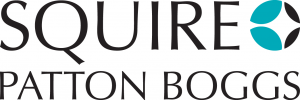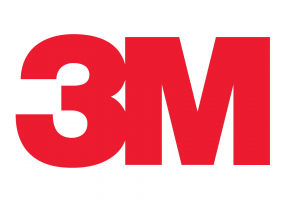Three steps of information superiority in crisis communication
3.03.2016Company: Amcham
Quick access to any information available for everyone changed completely the course of the crisis communication. Today’s attackers have frequently at their disposal similar or even more precise information than the defending party.
Additionally, journalists who respect certain standards of balanced communication were replaced in the position of the enemy by internet users from the general public who in protecting their interests often resort to relatively impure tactics.
Part of the preparation for the crisis communication of leading brands is therefore an effort to build information superiority. It may look like this:

Data source is an automated system that goes through all the available data on the Internet and tries to identify – based on pre-specified criteria, usually keywords – all the relevant content.
The second step is human analysis, which is still irreplaceable, especially because of the complexity of the Czech language.
The third article of the chain is represented by regular reports that help keep track of what is happening, and automatic alerts that are triggered when certain amount of content with signs of potential crisis builds up.
The aim of all these efforts is that in case of an outbreak of the crisis one should have at hand all the relevant information on the subject, the source of the crisis, rate of its spreading and involved parties so as to minimize the uncertainty of decisions made under time pressure.
A more detailed description of each link in the chain can be found in the online version of the article on the AmCham website.
The full text of the Web:
Let's take a closer look at the various links in the chain of information superiority:
1. Data Source
Given the amount of digital data it is not in possible for any human to effectively monitor all essential data so this task is assigned to an automated processing tool. Such tools exist in many forms on the market and service you are looking for is most commonly known as Social Media Listening. The tool collects all data available in the public Internet, such as posts from Twitter, Facebook, mentions in on-line discussions, articles, blogs or comments below the videos on YouTube. Of these the tool selects based on keywords or other parameters only what is relevant.
2. Analysis
Data that pass through the funnel of automatic evaluations is submitted for further analysis. Given the complexity of the Czech language in this step the human factor is irreplaceable. An analyst assesses by hand each mention and assigns additional information according to which it is possible to further sort and analyze the data. This is traditionally sentiment (positive, neutral, negative), but in some cases also a topic, tag, keyword or author specific remarks.
3. Regular reports and alerts
Regular daily reporting helps to keep track of current events around the brand, hot topics, consumer issues or lifestyle. If the brand produces its own content, it may as well draw some inspiration here.
The system is often used to set automated alerts, which are triggered if there is a certain amount of critical posts. An example of such a trigger may be: “more than 10 negative references associated with the brand in one hour”. But it can be even a single negative contribution from a known attacker or celebrity. These alerts help to detect crises before they fully develop and to save a few precious moments for finding a solution.
Periodic analysis of mentions on a monthly basis may be used to uncover deeper trends or problems that threaten the brand. Especially valuable is a sentiment analysis in connection with a theme relevant to the services or products of the company. From a deeper look at the data it is possible to assess the impact of communication campaigns on brand perception.
Author: Ondřej Peterka, Digital Strategist, FleishmanHillard








